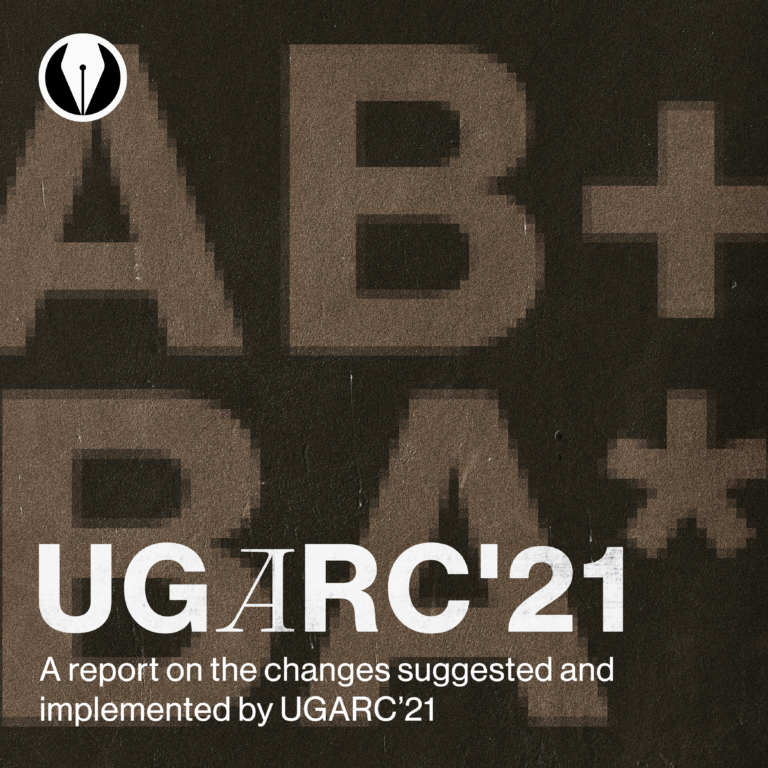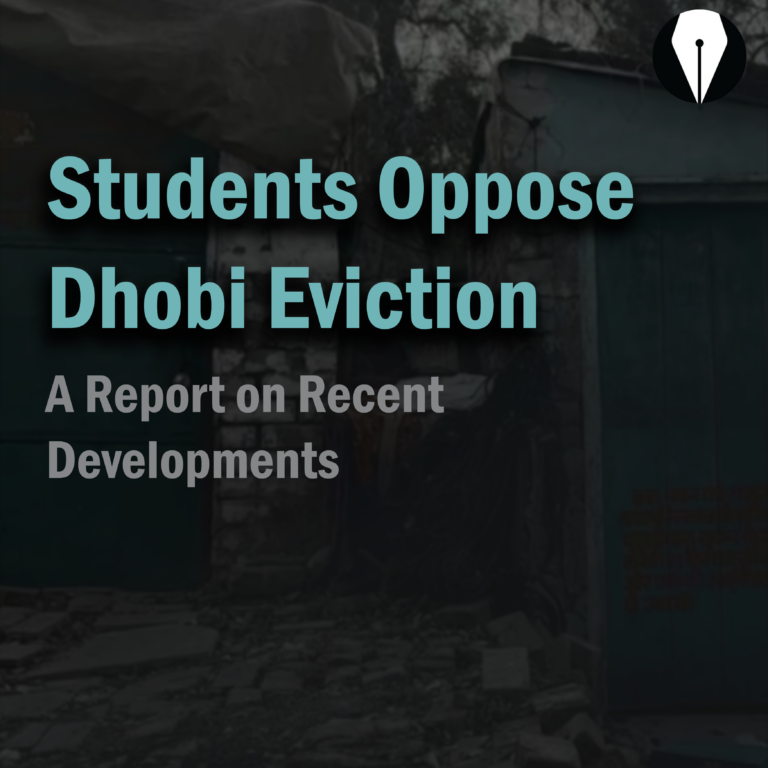The past few weeks have been very busy for the Senate Undergraduate Committee (SUGC) Convenor, all because of a serious error in the campus automation platform, Pingala, which allowed four Y17 students, despite having one fail backlog (E/F or X) in some of the IC (Institute Compulsory) first-year courses, a branch change in their preferred departments. It is clearly stated in the UG manual that, “A student may apply after her/his second semester if she/he has acquired credits (i.e., received a passing grade) for all the courses prescribed in the templates for the first year of the program, including the courses where S/X grades are awarded”, yet these students were allowed a change of branch.
The issue was brought to light after a student who got a branch change due to this loophole reported the same to the Dean of Academic Affairs (DoAA). Later a review of the academic records of the four students confirmed the allegations. The four students had one fail backlog in the first year courses (as prescribed in the course template).
The issue was tabled for discussion in the Senate Under-Graduate Committee (SUGC) where a number of solutions were proposed and discussed over the course of two meetings. To further supplement the committee, additional information was collected between the meetings. An important fact that emerged from the collected information was that even if every student who applied for branch change and had at most one fail backlog course was considered for branch change, it would not change the branch change results. But it is important to note here, that this fact still does not make this case fair.
Three solutions were proposed in the meetings.
Solution 1:
To allow the students to continue in their new branches for the rest of the program. This shall be a one-time exception and shall not be used as a precedent for future decisions.
Solution 2a:
Revoke the branch change and allow the students to change their registration in the current semester according to their original department.
Solution 2b:
Revoke the branch change and allow the students to continue in their original branches starting from the third semester. The courses undertaken in the present semester but not part of the template of the original branch would be considered as Open Electives.
Solution 3:
To allow the students to continue in the new branch and everyone who has a CPI greater than those of the applicants and had up to 1 backlog or failed course in the first year be allowed to switch their branches. This should be done using supernumerary seats if required, but not at the cost of the strength of the initial branch going below 55%. (which is also a rule imposed by the UG Manual).
The student body is not privy to the detailed discussion of the meetings, except for the (as of now, five) student representatives. Still, the issues with the solutions proposed above are clear and can be opined upon. While the first solution clearly involves the least amount of hassle, it is visibly unfair to the others with similar academic record (one fail backlog – E/F or X) who didn’t apply for branch change as they knew (or expected) that they would not be eligible for the same.
The second and third solutions do have a semblance of fairness for all concerned but it will be a logistical hassle both for the students and the corresponding departments, especially with regard to planning the upcoming semesters (although one might argue, it is a feasible adjustment as it will be merely akin to a third semester branch change which is routinely facilitated by IITK).
While three out of the four Y17 students here are partly at fault for hiding information after being granted branch change in violation of the rules of the UG manual, the Pingala automation portal clearly needs to be more robust as such errors, minor though they may seem, can potentially have drastic effects on the lives of individual students.
Credits: Prannay Khosla, Richeek Awasthi, Smarth Gupta and Soumyadeep Datta
Corrigendum: Please note that this article has been revised after comments from our readers. Some of the facts reported in the initial piece were flawed. We apologize for the inadvertent errors.





